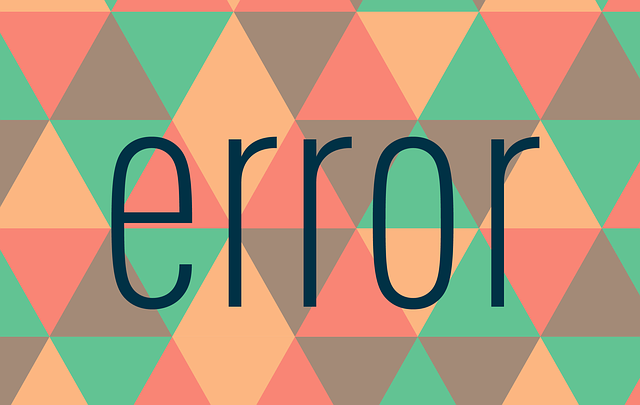Here is your classic good news/bad news story. Social Security may resume sending out annual statements. Social Security mailed annual benefits statements up until 2012 when they established their mysocialsecurity.com website. At present, Social Security only sends statements to those people who are 60 or older.
Check-In Often

The best way to keep track of your Social Security data is via mysocialsecurity.com. I have been urging people to not only set up an account but to check it regularly. The consequences of Social Security having bad or no information about you can be very harmful. The sooner you find an error, the easier it will be to correct.
But, the great majority of people do not have a mysocialsecurity.com account. Without paper statements, they are in the dark. For this reason, sending out these statements is likely a good idea.
Did I Mention Checking For Errors?
Now for the bad news. The statement Social Security sends you may not be accurate. In a recent blog post, Laurence Kotlikoff documented a case where Social Security provided false information about what a person could expect in retirement benefits. In particular, Social Security dramatically downplayed the benefits of delaying retirement to full retirement age and even to age 70. This kind of bad data could lead a retiree to take his Social Security payments too soon. This could result in leaving tens of thousands of dollars on the table.
The wise maxim states “never rule out incompetence as the cause of a problem.” That is likely what is happening here. But, this could be nefarious if Social Security is misleading retirees in the interest of shorting them benefits they are due.
OK. One Last Time: Check Your Account
Bottom line: either by paper or by going online, it is vital you check your status with Social Security. Your quality of life in retirement, or disability, depends on it.



